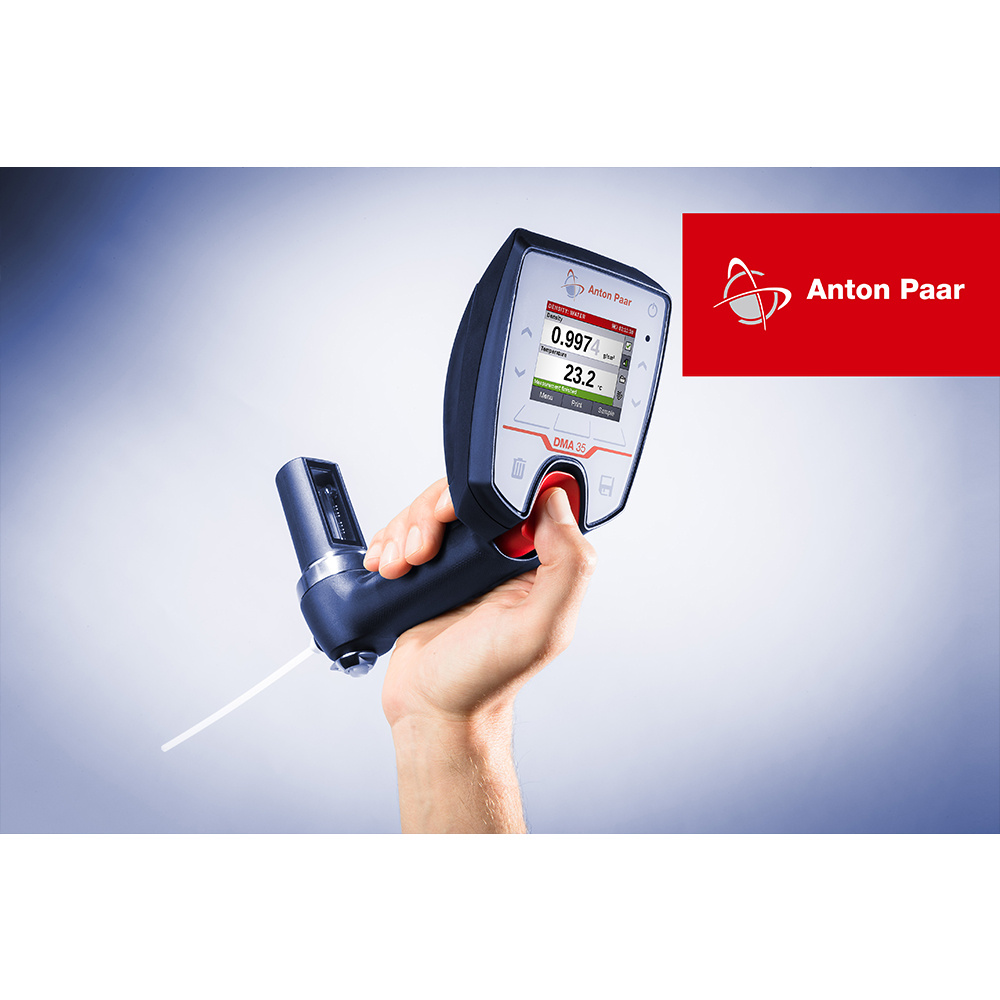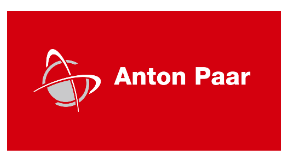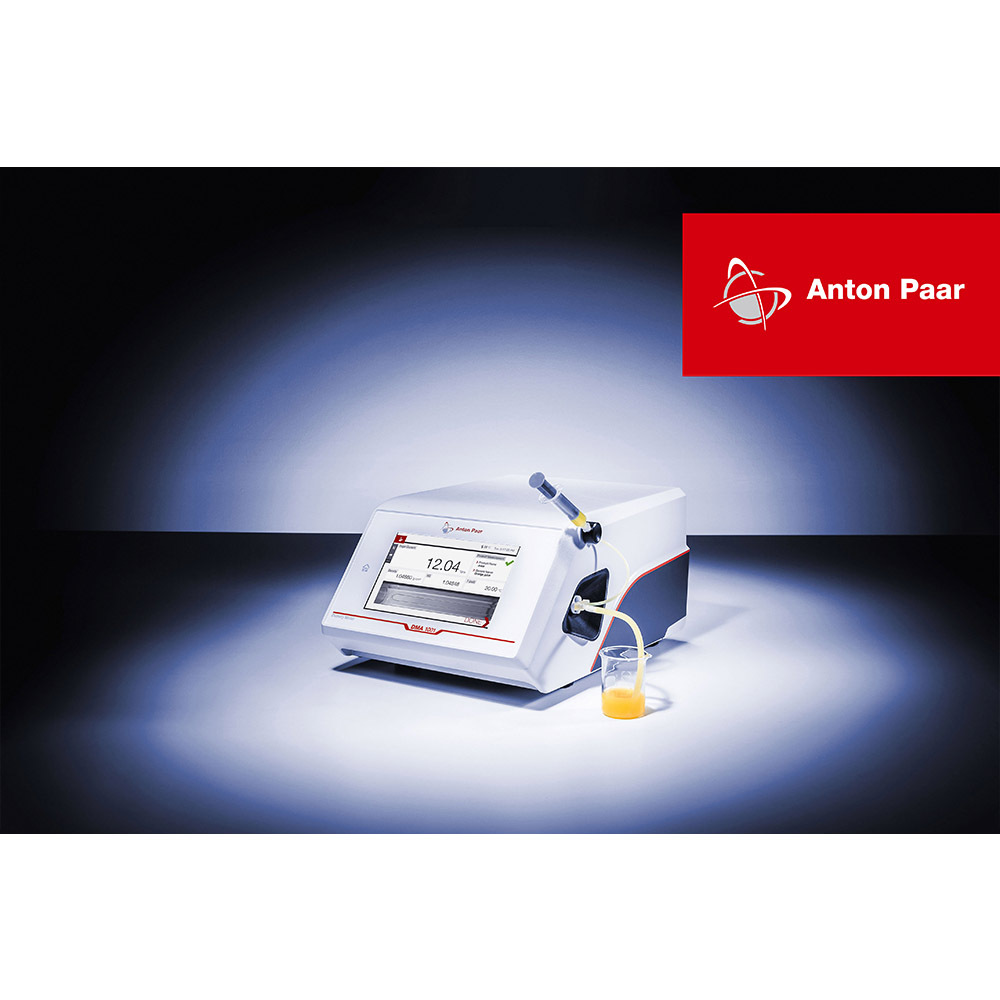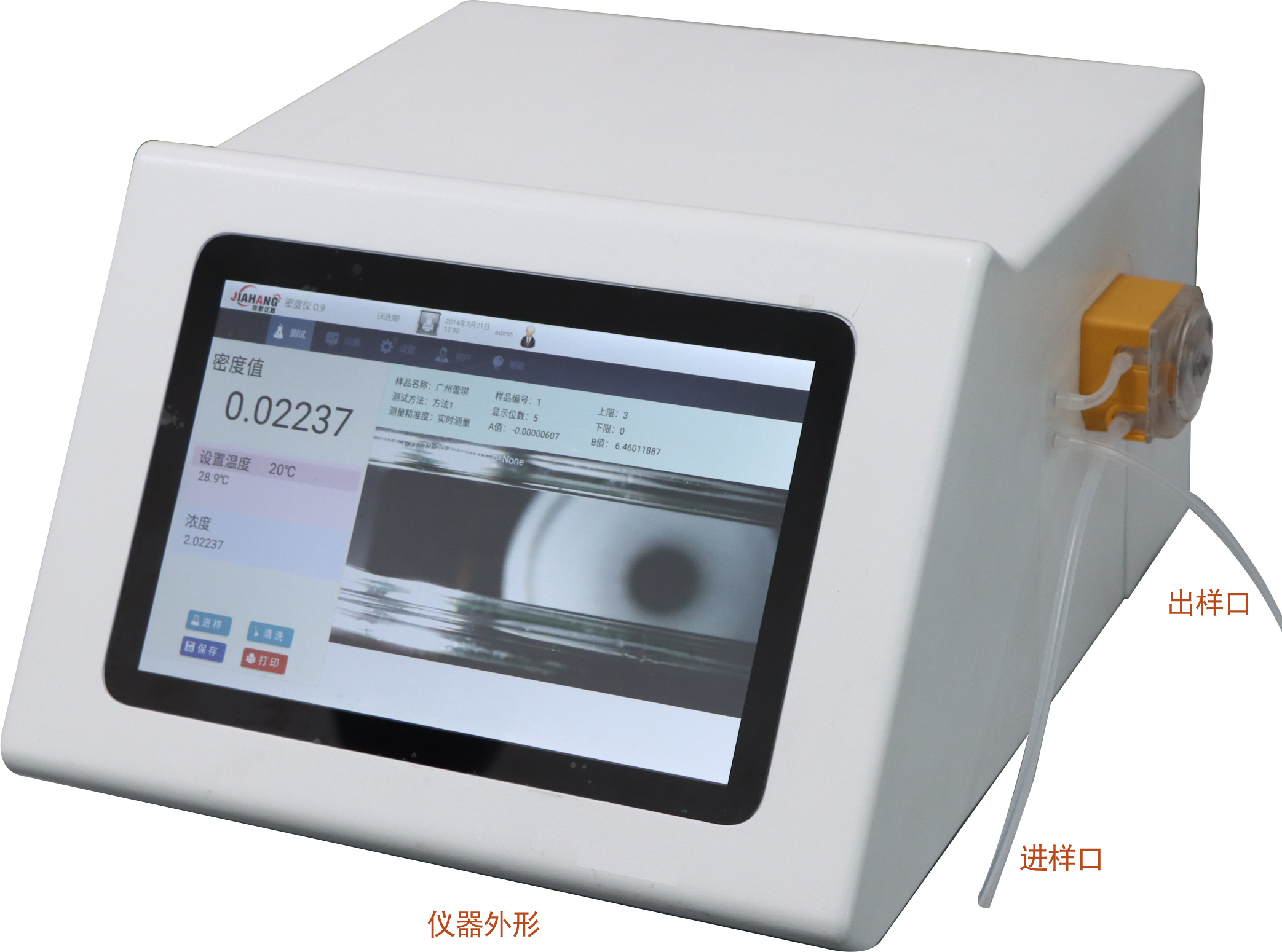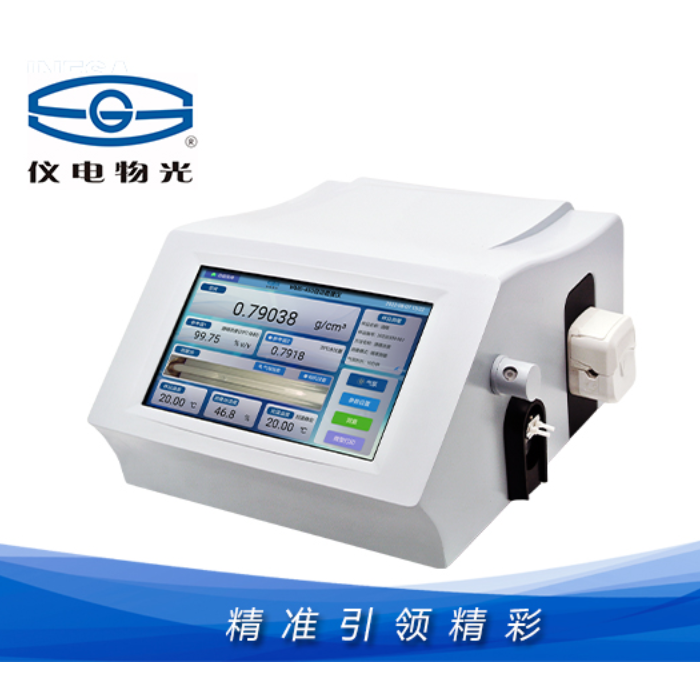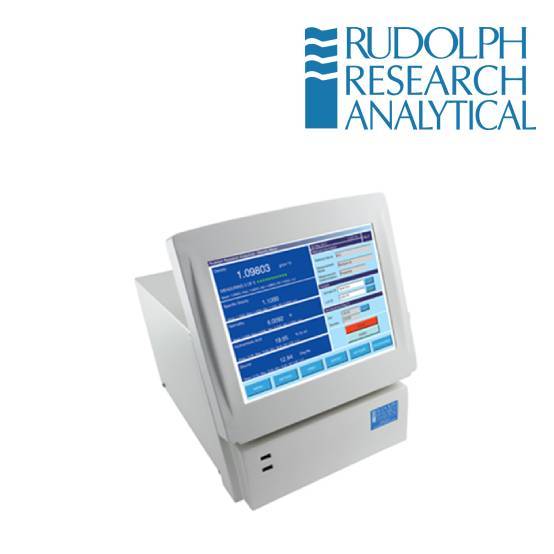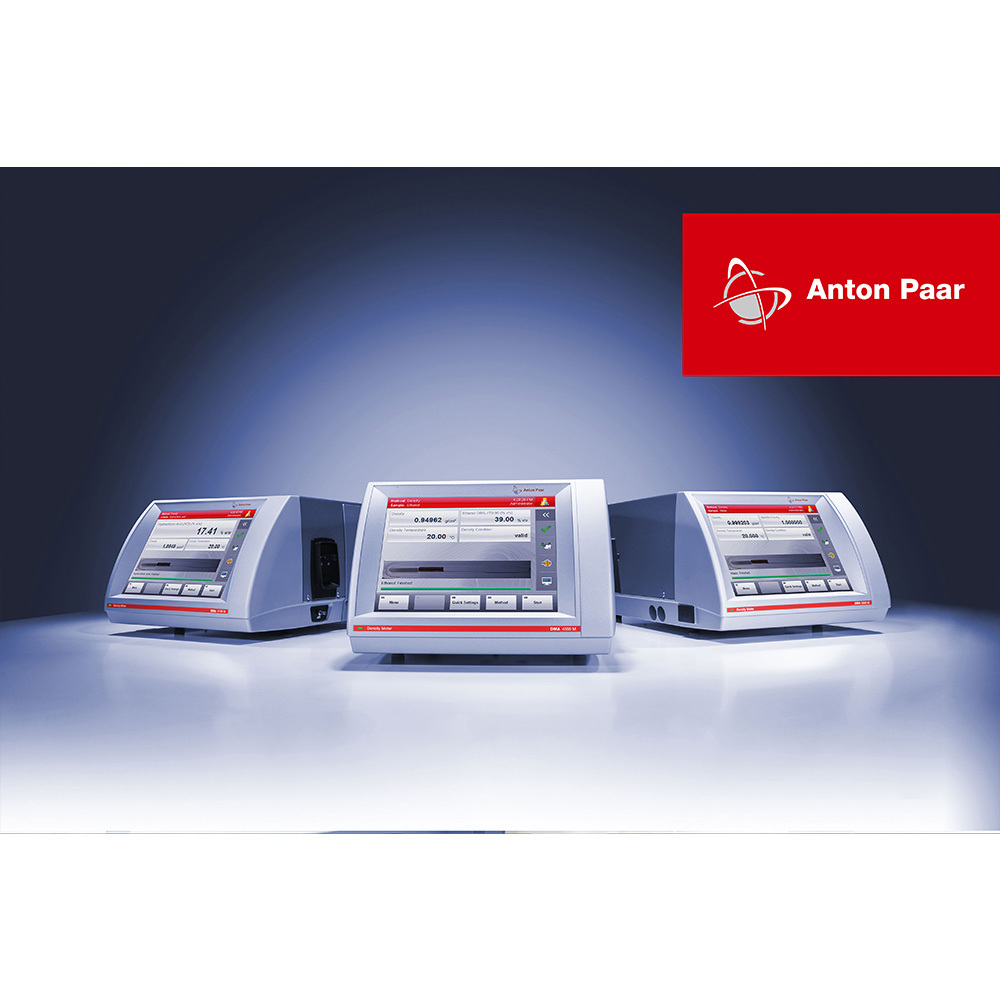维也纳动物园 应用DMA35N便携式密度计 测量海水密度 检测水族馆内海水盐度情况.
_采访对象. Dr Ekkerhard Wolff,维也纳动物园水族馆负责人.
_采访内容. 海水盐度对海洋生物的影响及相关检测手段.
_DMA35n便携式密度计在海水盐度测定上的应用及评价.
方案详情

Customer Portrait ... Zoo Vienna relies on moderndensity measuring technologyfor the seawater aquariums Relevant for: Seawater analysis The oldest zoo in the world has over 1.6million visitors a year, making it themost popular attraction in Vienna. Awide variety of animal houses transportthe visitor to foreign climates.Theaquarium allows observers toexperience life beneath the waves. Dr. Wolff and his team of experts havecreated the conditions required for complexwater worlds to thrive in the aquarium. Thisrequires skill and resources. The large reefaquarium, for example, contains ten tons ofliving rock. Soft and hard coral, differentanemones and around 200 other specieshave their home within this ecosystem.Every hour around130,000liters ofseawater are pumped through biologicalfilters and skimmers, cleaned and returnedto the aquarium. To present this magnificentworld at its best requires a further 21seawater tanks, large pumps, filter unitsand state-of-the-art measuring technology. Here, the portable density meter DMA 35Nfrom Anton Paar GmbH was tested for itssuitability for aquariums. This instrument measures the density ofseawater to an accuracy of 0.001 g/cm,calculates the salt content and displays thewater temperature - all within minutes. Dr. Wolff, how do you ensure optimal livingconditions inthese9(complexseawateraquariums? An aquarist must develop an eye and aninstinct for the overall state of the animalsand plants in the aquarium. Even when wedetermine9all12standard seawaterparameters, there are many more factors tobe considered which cannot even bemeasured, not to mention the innumerableinteractions which make up the essence oflife in a reef. We check, measure and testsystematically. This reveals any unwanteddevelopmentsand allows usto startcountermeasures in time. Measurementsalso help the curator develop an even betterfeeling for the many processes taking placein the aquarium. Can you give us practical examples, Dr.Wolff? Yes. For example: The seawater aquariumsbehave very differently according to thewater temperature and the season. Theylose water due to evaporation or gain waterdue to condensation. Even when the reefaquarium is set to 25C (77°F) some areascan reach up to 28 ℃ (82°F) due to thebright lighting. In these warmer areas, thewater evaporates more quickly and the saltcontent rises. The opposite is true for the Mediterraneanaquariums. Their water temperature in themiddle of summer is considerably lowerthan the ambient temperature. If humidsummer air is pumped into the aquarium,the air humidity begins to condense into thewater. The aquarium waterbecomesdiluted and the salt content can sink to acritical level. Which parameters are measured in theseawater aquariums? We regularly (determineettemperature,density, salt content and metabolic encproducts such as ammonium/ammonia,pHvalue, nitrite and nitrate. Occasionally wemeasure the oxygen content and we canalso measure phosphate, sulfate,carbonatehardness calcium andmagnesium, if required. Are some of these measuring propertiesmore important than others? The density value is the most importantparameterTformonitoring seawateraquariums. When the density value movesoutside the normal range, we have a criticalsituation on our hands. Fish can adapt todifferent salt contents relatively quickly.Invertebrates, such as corals, crabs, seaurchins and sea cucumbers, cannot. As their mucous membrane surfaces areexposed they cannot adapt osmotically tofluctuations in the salt content. Dr. Wolff, how often are the density and saltcontent measured? We check the density value once a day,more often when establishing a newaquarium or when new animals arrive andneed to be adapted to a new environment.This adaptation process can take up to sixhours with invertebrates. If we know the difference between thedensity of the transport water and thedensity of the aquarium water we can planthe optimal adjustment times. Using thedigital density meter means newly arrivedanimals can be adapted to their aquariumsmore quickly and more precisely. It is also abig advantage that the densitymeasurement can be carried out with asample volume of just 3 mL and that eachmeasurement simultaneously determinesthe water temperature. What is your assessment of the suitability ofthis instrument for aquariums? The technical construction of the DMA 35Nindicates a long working life. It is completelyresistant to seawater and the measuringaccuracy is more than sufficient. Othermeasuring principles, such as conductancemeasurement or refraction, havelargefluctuations. In the aquarium water thereare too many substances which influencethese results. Thank you for the interview! Dr. Wolff started his career as curatorfor the vivarium at Basel Zoo, thenbecame a scientific assistant at theLobbeke Museum and the Aquazoo inDusseldorf, followed by a position ascurator at Hellabrunn Zoo in Munich.He has been at Zoo Vienna sinceMarch 1,1998. Resume: Ekkehard Wolff studied Zoology at theUniversity of Basel. Contact:Tel: +43 (0)18779294-252 Ekkehard Wolff studied Zoology at theUniversity of Basel. He is a specialist in sewage ecologyand filter technology. Page www.anton-paar.com
确定
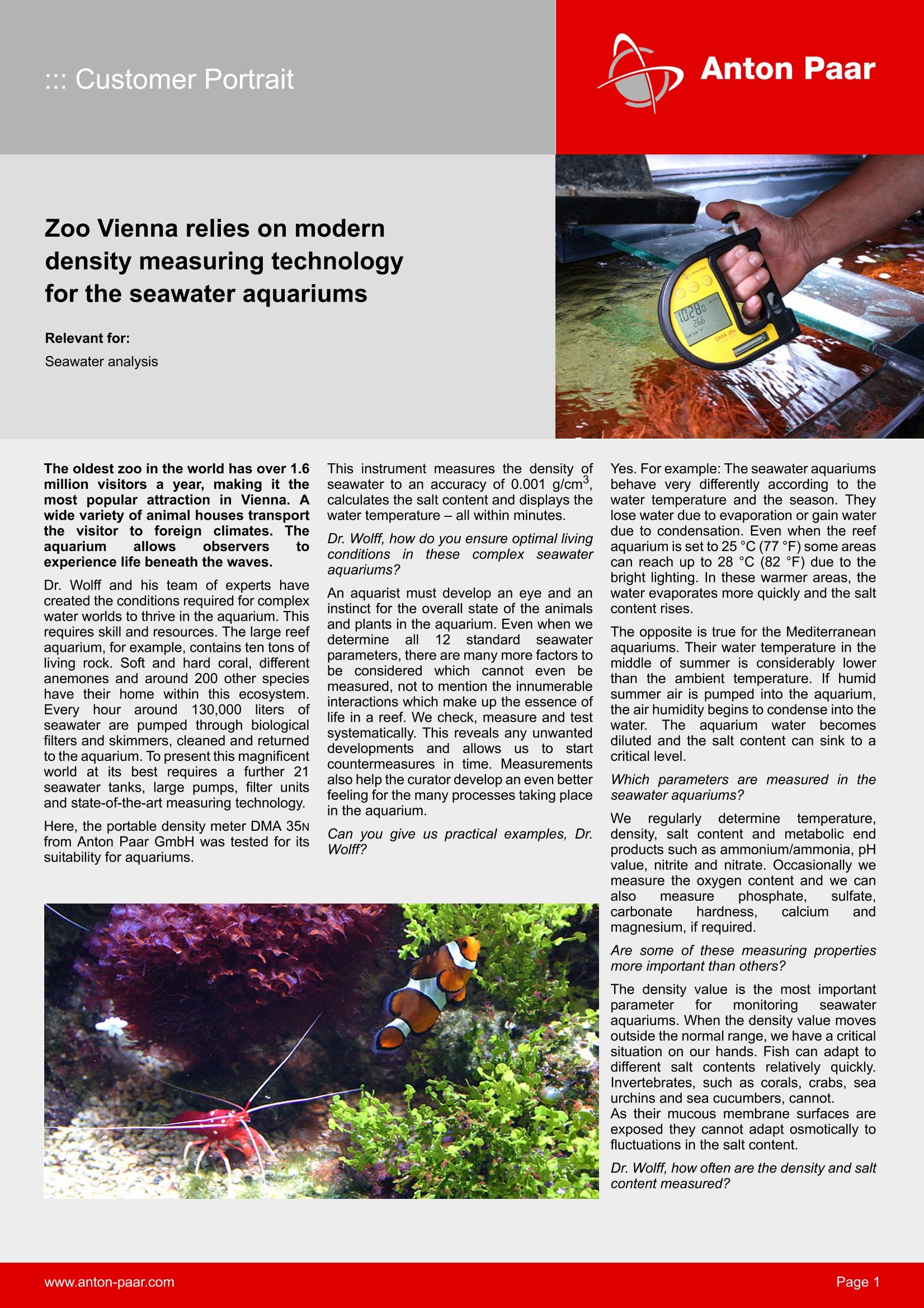
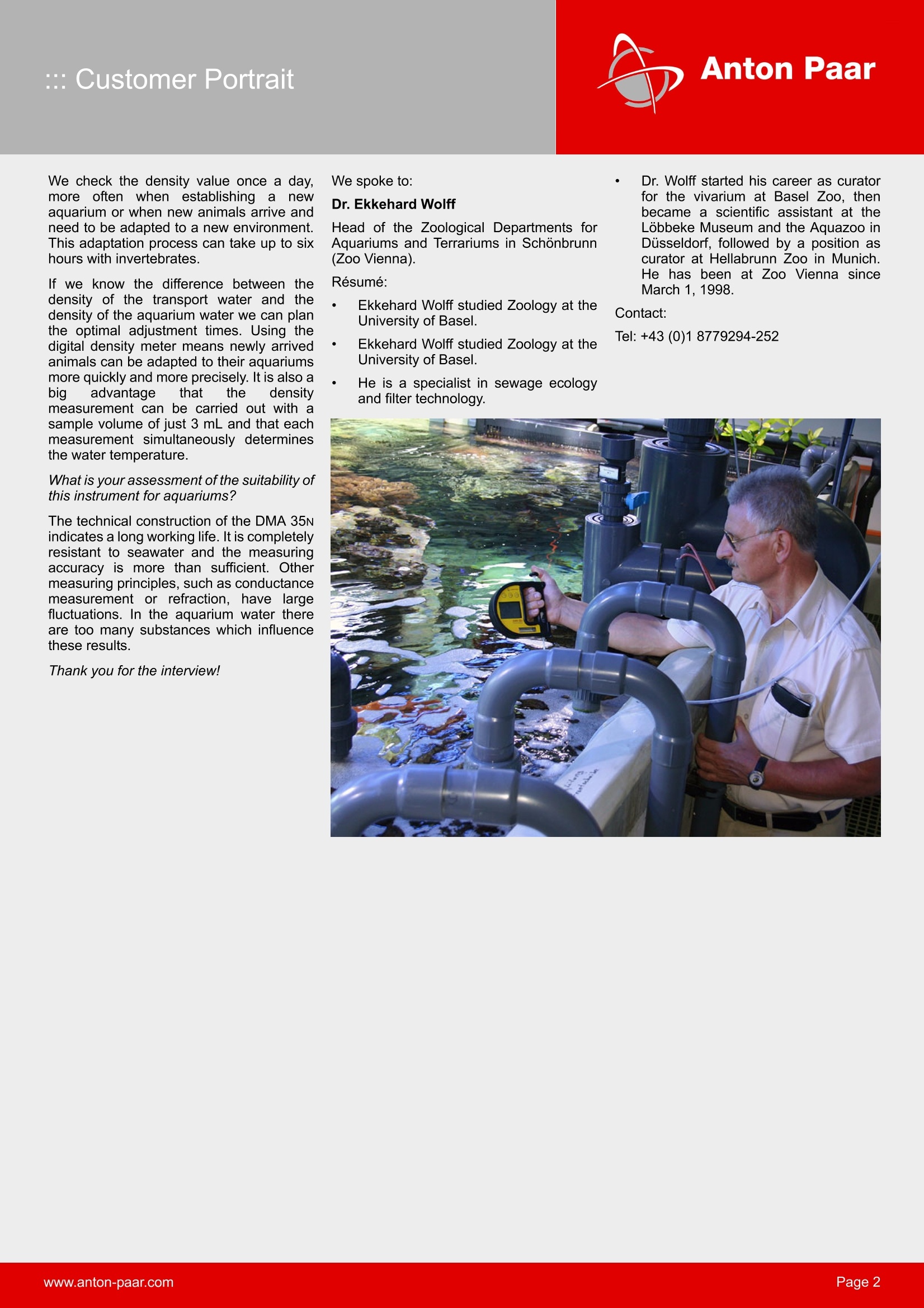
还剩1页未读,是否继续阅读?
安东帕(上海)商贸有限公司为您提供《动物园海水中密度及盐度情况检测方案(密度计)》,该方案主要用于环境水(除海水)中物理指标检测,参考标准--,《动物园海水中密度及盐度情况检测方案(密度计)》用到的仪器有安东帕Anton Paar便携式密度计DMA 35
推荐专场
相关方案
更多
该厂商其他方案
更多

